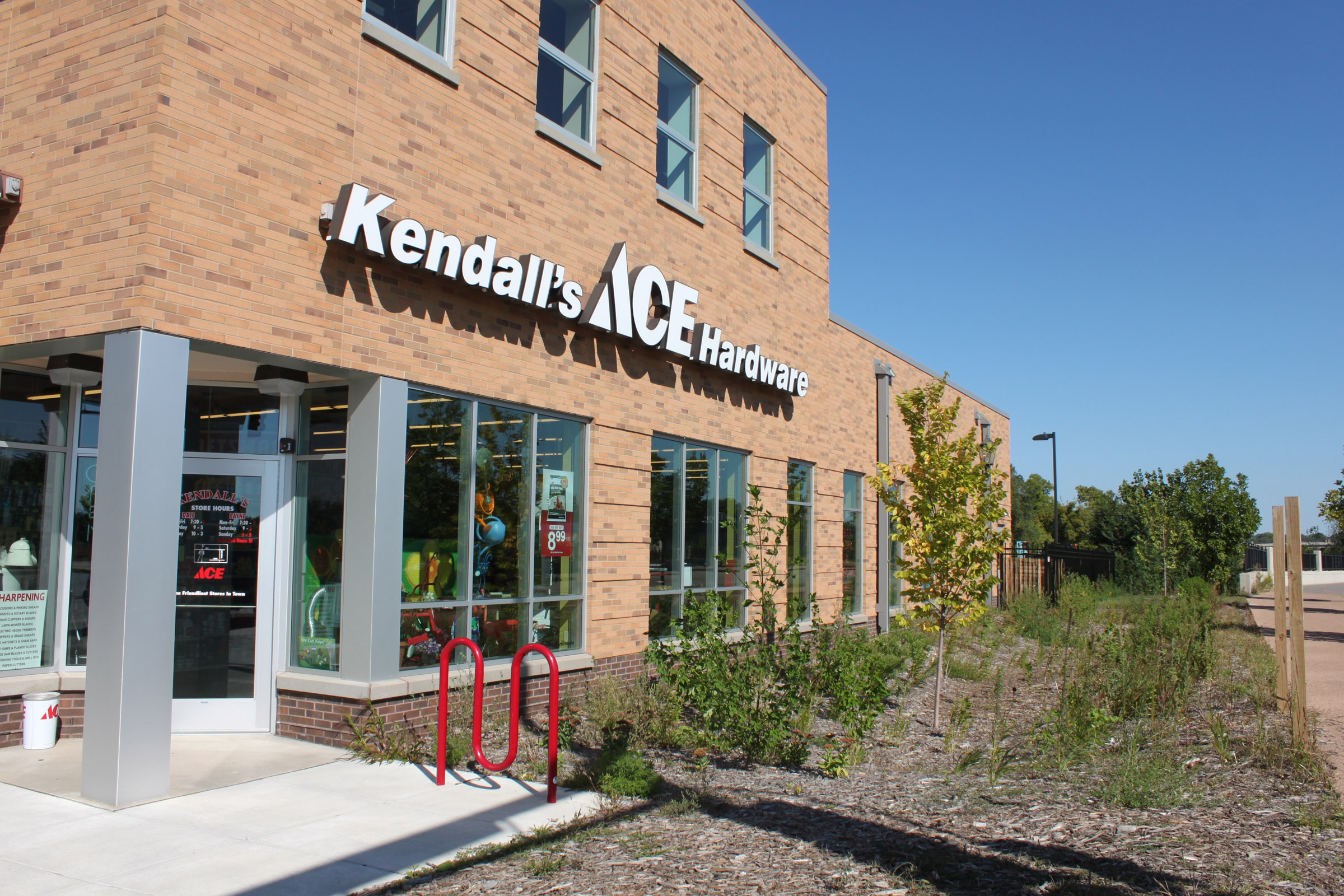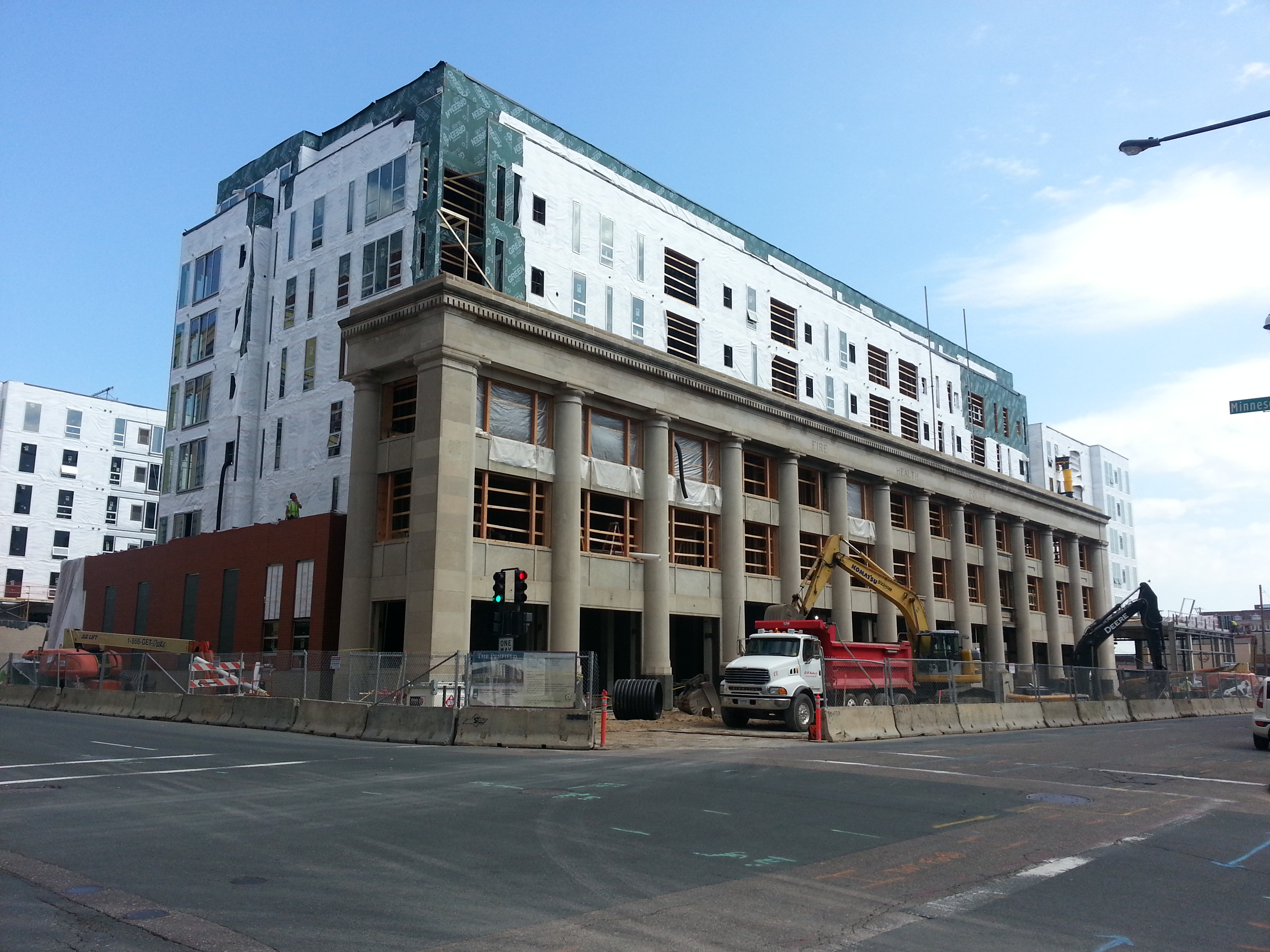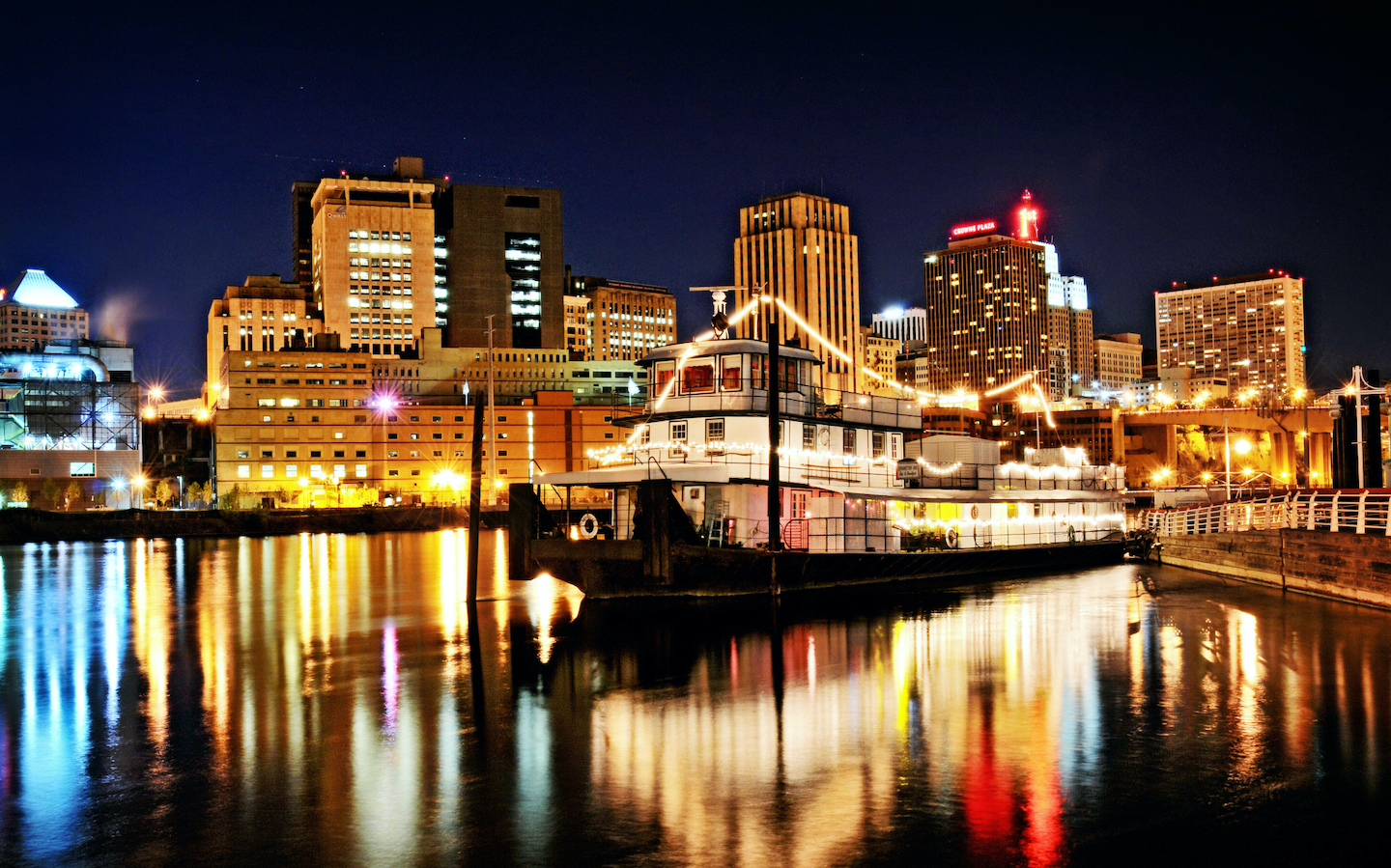Participation
The Saint Paul Sustainable Building Ordinance applies to each new construction project that either:
- receives more than $200,000 in City/HRA/public funding; or
- is owned by the City or HRA; or
- is built with the intent of having the City or HRA become the sole tenant.
If one of the above criteria is met, the Ordinance also applies to:
- parking lots and structures;
- additions to existing buildings that include a new heating, ventilation and air conditioning (HVAC) system; or
- rehab projects of 10,000 square feet or more and involve replacing or installing a new HVAC system.
Voluntary adoption of the Sustainable Building Ordinance is also encouraged. Adhering to the Ordinance may result in lower operating costs, increased rental rates, higher productivity, higher tenant satisfaction, increased property values and enhanced marketability.


